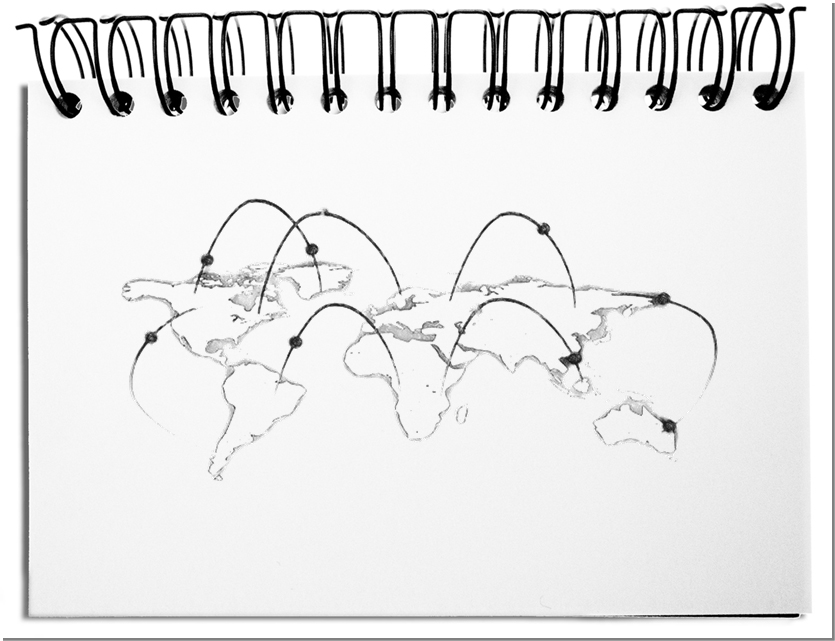Riding an information wave, the question arises as to what is actually valid. Since the beginning, IT has struggled with the difficulty of pulling together data from multiple sources into one report to compute the data found and generate the final report from the results. As long as there is only one report, discrepancies are not apparent. Creating reports from independently running IT systems on the same issues brings unpredictable inconsistencies to light. The leading causes are the differently understood and independently recorded data sources and paths.
Reliable data increases the quality of a report.
- One storage location
Redundantly stored data inevitably leads due to erroneous input to inconsistencies, uncoordinated meanings, and different target dates. Global networking allows relevant report data to be stored in one place at a specified time. Plausibility checks minimize inaccurate entries. Eventually, costs are reduced with one storage location and, additionally, through avoiding errors and rework. - Standardized data format
Different formats need to be cleansed (data cleansing) before they can be computed. Text fields need to be made computable, non-uniform units converted (orders of magnitude, such as thousands or millions; units of measure, such as meters and yards; currencies, such as Dollars and Euros), and an agreed number of decimal places supplied. Just deadlines in setting exchange rates blur values in reports. Predefined tables for conversion reduce inconsistencies. - Coordinated meaning
You cannot see in a number what it is supposed to express. Different perspectives lead to distorted figures and statements. Let’s take the number of employees as an example. Are only permanent employees counted? As full-time equivalents or headcounts? Do temporary and part-time employees also count? Do interns count? Do external freelancers, consultants, and personnel leased count? The purpose determines the counting method. Does an area want to be more productive, or should the headcount be high? Before generating internal reports, the meaning of the term employee should be aligned. Otherwise, wrong conclusions will be drawn. - Synchronized reporting dates
Reporting figures follow a local logic, serve the local management for control, and are determined by the conditions on the spot. It means that the creation by the local IT systems and the associated processes lead to an on-site up-to-datedness of the data. If it is retrieved on a centrally determined deadline, it may not match due to different periods. For example, if the local monthly values vary on the last business day due to various time zones – Wellington, New Zealand versus San Francisco, USA. - Prepared cross-checks
Additional info can lead to different results. A hint provides the totals of the overall or unit results, which differ due to the mentioned difficulties or due to the varying views that do not match. If the expected numbers turn out too high, numbers may have been counted twice. If they turn out too low, numbers may have been misinterpreted or are simply lacking. Cross-checks are always needed! If we only have one report, the errors go unnoticed. - Continuous adjustment
As errors only become apparent over time, data quality should be continuously observed. As soon as discrepancies occur, they should be understood and corrected, starting with the following report. In this way, you will eventually get a reliable reporting system.
Bottom line: If multiple data sources are available, input errors, fuzzy checkpoints, and different interpretations of data lead to hardly understood mistakes. If there are repeated mismatches, the readers no longer trust the report and the reporting party. Reliability is enhanced by ONE data source, a reconciled and processable data structure, unambiguous meaning, a synchronized target date, prepared cross-checks, and ongoing adjustment when errors are identified. The well-thought-out calculation path provides a correct result that is wrong if the data quality is poor.


